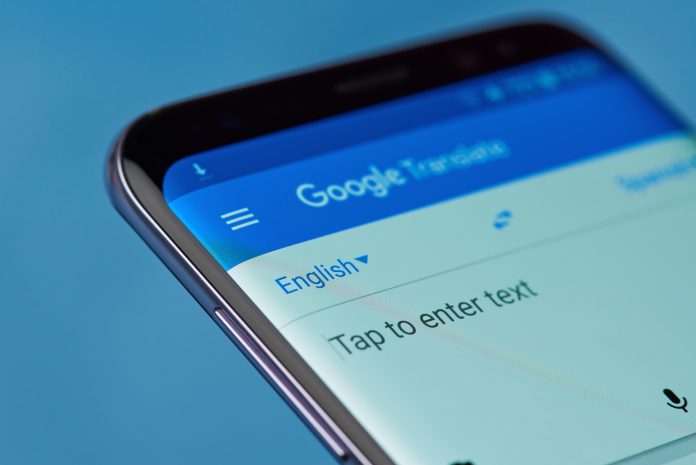Joe Miller, general manager of the Americas and Europe, Pocketalk, looks at the language issues in education and the solutions that can help those learning English
Why is there a growing language barrier in education in the UK? And how can technology help bridge the gap between teachers, lecturers, and learners?
One in ten people use English as an additional language
The UK is made up of a vibrant mix of ethnic groups, with approximately one in ten people using English as an additional language. This equates to around 4.2 million people who have a different main language and in large urban areas like London this rises to around one in five people.
These figures are set to rise significantly, with data from the ONS showing that over the next twenty-five years almost seventy-five per cent of the UK’s population growth will come from net international migration.
For education, this means that language barriers can make it challenging for teachers and lecturers to communicate effectively with their respective pupils and students.
Language barriers can impact relationship building
The UK census 2011 showed that the percentage of the population of England and Wales that identified as White British decreased from just over 89% to 80.5%. This means that the number of people living in the UK who speak English as a second language is rising and will continue to do so, based on population projections.
This is making communicating with pupils and students and their families who use English as an additional language challenging. Language barriers can lead to a slower learning journey, make pupils and students feel isolated and affect relationship building between staff, classmates, and their families.
Also, research by Save the Children found that children who are taught in their own language learn better, something only possible if the teacher can speak it too.
Existing interpretation options can be thinly stretched
Clearly there is a need for interpreters in education, but this service comes with significant costs and is not always quick to implement. Interpreters can be required to cover various schools and campuses, along with relatively large numbers of students and pupils. The resources dedicated to offering this service in education can only stretch so far, but as discussed above, the demand for their services is growing.
At the same time, if a teacher or lecturer can communicate directly with a learner in their first language, this will produce better learning outcomes while also helping to grow better relationships. But it could be argued that there will never be enough funding available in the education system to fully meet the need for interpreters, no matter how much money is allocated towards it.
However, technology can help solve this conundrum by providing cost-effective, widely available verbal and written translation.
Tech solutions come with advantages and disadvantages
There are numerous technology-based translation solutions available such as Google Translate that can help to overcome language barriers. Naturally, each option comes with its own advantages and disadvantages.
Google Translate allows instant translation between practitioner and learner. That said, there are issues with the effectiveness of the translations. It doesn’t offer a high standard across all languages and it’s often those who speak minority languages that are most impacted by the disconnect. Also, Google Translate doesn’t always consider regional dialects and slang.
Digital translators are also an effective way to help build relationships. Not only can they help grow better bonds between teachers, lecturers, and learners. They can also help classmates to communicate as the children and young people can then speak with their friends. This in turn aids socialisation at a crucial time in the lives of children and young people.
There are digital translation devices available like Pocketalk that can instantly translate many languages. Pocketalk just needs WiFi, mobile data or a hotspot to work, but although access to the internet is nearly ubiquitous, this can of course be a challenge. Particularly so in areas like rural locations with poor broadband and mobile network access.
Ultimately, there is no perfect approach to language translation in education and each school, college or university will have different needs. At a time when English as an additional language is becoming increasingly common it is hugely encouraging for learning outcomes and the futures of all learners that there are a variety of options available to make learning easier.











